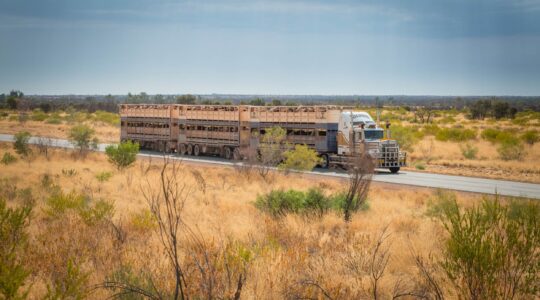The future of Australia’s wine industry is being safeguarded with the planting of next generation grapevines in South Australia.
CSIRO Research Scientist Paul Boss said the national science agency had partnered with Treasury Wine Estates (TWE) to plant new mildew-resistant and drought-resilient vines in the Coonawarra wine region.
Dr Boss said the project would help safeguard the future of Australia’s wine industry against a changing climate and disease threats.
He said the partnership would future-proof some of the most collected wines in the region from old vines, with the first vines of the new progeny recently planted at Wynns Coonawarra Estate.
“The new grapevines blend genetics from TWE’s heritage vines in Coonawarra and Barossa Valley, which have enhanced climate resilience, with mildew-resistant traits developed through years of selective breeding by CSIRO.”
Dr Boss said powdery and downy mildew cost the Australian wine sector an estimated $160 million in management expenses and production losses annually.
He said breeding mildew resistance into elite vines gave future grapevines a genetic advantage to withstand these disease-causing pathogens.
“Using traditional breeding methods, we introduced two distinct genes to the Wynns heritage vines, which give resistance to downy mildew and powdery mildew,” Dr Boss said.
“These are from CSIRO-developed breeding lines that confer robust disease resistance and other quality traits onto their progeny.
“Having resistance genes for both powdery and downy mildew makes these plants more robust as it is unlikely the pathogens can break both sources of resistance with a single mutation.”
Dr Boss said through many decades of exposure to climate extremes of hot, cold, wet and dry, the heritage vines from the Wynns and Penfolds vineyards had developed a natural resilience to drought, making them prime candidates for further development to enhance their tolerance to climate extremes.








